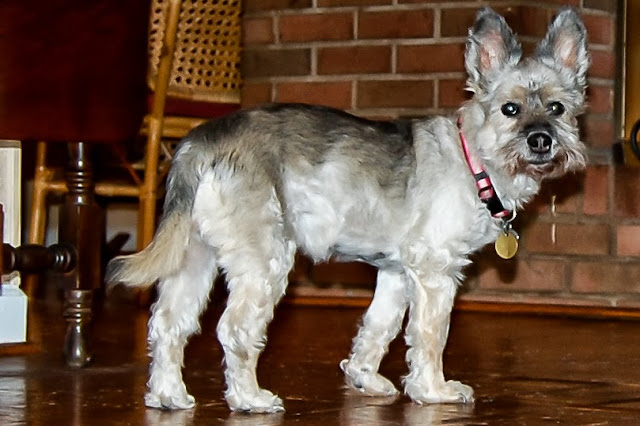My niece Samantha is a pretty good photographer but today's blog is not about her. It's about her camera. She has used a Nikon D40x for quite a while now. The D40x was introduced in April 2007 and was a major player in the DSLR world immediately upon its debut. Samantha had used her D40x for many great photos until recently. The other day, her camera stopped working. Based on the number of photographs she takes, it is likely that she just wore it out. She needed to replace it and like most of us these days, she needed her new camera to be as inexpensive as possible. Since I live in a much bigger city than her, I offered to look around to see what I could find in the local used market.
Now, on to the meat of the blog post. What I found was a whole bunch of Nikon D40's sitting on used shelves, in camera shops, pawn shops and Craigslist ads just waiting to be purchased for between $100 and $200.
I did look first at the D40x but the man at the camera shop told me that every single D40x he had ever seen in the store was broken. He even pulled one off the used shelf and showed me that the menu wouldn't work right and it wouldn't take a picture. He doesn't know what the deal is, since it is almost the identical camera as the D40. He also said he had never seen a D40 that didn't work fine and take good pictures. So I put my larger sensor bias away and looked at the D40. This is a great little camera at a price point that would be about the same as dinner for one at Morton's.
This little gem sports a 6.1 megapixel CCD sensor, and with it's 18-55mm kit lens feels a little light and toy like to me but at only about a pound it would be a lot easier to carry on a photowalk than my much heavier professional gear.
So it offers most of the features of its much bigger, and more current siblings at a bargain basement used price, what kind of performance does it deliver. I put this one though its paces before giving it to Samantha. I went through all the modes, shutter speeds, ISO from 200 to 1600 and different f stops to check out depth of field. It performed, flawlessly, smooth, quiet, easy to figure out, and like all Nikons, felt good in my hand.
I'm sold on the value of this camera, and the performance is better than most point and shoot and all of the cell phone cameras I have used. Here are a few shots I took around my house.
all photos from this point were taken with the Nikon D40, click on picture for larger images.
The built-in flash is underpowered (they all are) but it supports TTL metering for the built-in and any Nikon speedlight and has impressive range of in-camera adjustments for them all.
Colors really pop with the vivid in-camera saturation setting.
Focus is smooth and fast at all distances and depth of field is pleasing and a bit surprising at f3.5 in this shot of some sage in my herb garden.
The 6.1 MP CCD sensor makes sharp images that can be enlarged without loss of quality. The photo below is a crop of the photo above showing pretty sharp detail in a very small crop section.
Is this the perfect camera for everybody? All things in all situations? No, but then again, that camera doesn't exist. This would be a good camera for a kid wanting to learn photography. If he breaks the lens, you can pick up a replacement for $50, and it gives him the chance to experiment and learn on a "real" DLSR without breaking the bank. For a first camera, or a back-up to your third, this is a solid bread and butter piece of gear for not a lot of bread.
E-mail with questions, comments, thoughts or rants:
keith@keithlewisphoto.com
Visit my website: keithlewisphoto.com
Like us on Facebook: facebook.com/KeithLewisPhotography
Follow me on Twitter: https://twitter.com/KeithLewisPhoto
Find me on Thumbtack









No comments:
Post a Comment